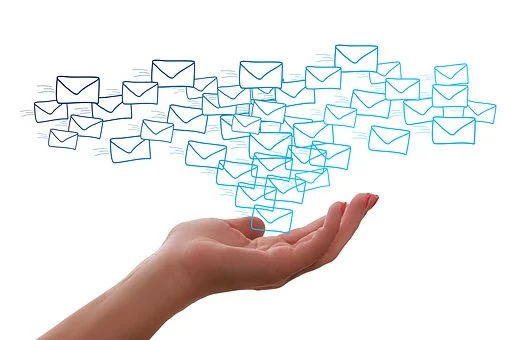Introduction
Color plays a significant role in graphic design, influencing our emotions, perceptions, and overall experience. Understanding the psychology behind colors is crucial for creating visually appealing and impactful designs. In this article, we will explore the various ways in which color influences our minds and dive into the psychology of color in graphic design.
The Power of Color
Colors have the ability to evoke different emotions and reactions within us. They can communicate messages, set moods, and create a visual hierarchy in design. Here, we delve into the psychological associations commonly attributed to different colors:
1. Red: Passion and Energy
The color red is often associated with strong emotions such as passion, love, and power. It is known to grab attention and stimulate the senses. In graphic design, red can be used to evoke excitement and urgency, making it an excellent choice for call-to-action buttons or important messages.
2. Yellow: Optimism and Cheerfulness
Yellow is often associated with happiness, warmth, and positivity. It is a color that can instantly uplift moods and create a sense of optimism. Graphic designers can utilize yellow to draw attention and convey a vibrant and joyful atmosphere.
3. Blue: Trust and Stability
Blue is associated with calmness, trust, and reliability. It has a soothing effect on the mind and is often used to represent professionalism and stability. In graphic design, blue can be used to instill feelings of trust and credibility, making it a popular choice for corporate branding.
4. Green: Growth and Nature
Green is commonly associated with nature, growth, and freshness. It symbolizes renewal and harmony. Graphic designers often use green to convey a sense of environmental friendliness or to represent health and well-being.
5. Purple: Creativity and Royalty
Purple is often associated with luxury, creativity, and royalty. It is a color that stimulates imagination and is often used in designs related to art, beauty, and spirituality. Incorporating purple into graphic design can add a touch of elegance and sophistication.
6. Orange: Energy and Enthusiasm
Orange is a vibrant color that evokes energy, enthusiasm, and excitement. It is often associated with warmth and creativity. Graphic designers can use orange to create a sense of playfulness and draw attention to specific elements in their designs.
7. Black: Power and Elegance
Black is a color often associated with power, elegance, and sophistication. It is commonly used in luxury brands to create a sense of exclusivity. In graphic design, black can be used to add contrast and create a visually striking composition.
8. White: Simplicity and Purity
White represents simplicity, purity, and cleanliness. It is often used as a background color to create a sense of spaciousness and allow other colors to stand out. Graphic designers utilize white to create a minimalist aesthetic or to convey a sense of purity and innocence.
Applying Color Psychology in Graphic Design
Understanding the psychological impact of colors is crucial for creating visually appealing and effective designs. Here are a few tips on applying color psychology in graphic design:
1. Consider the Context
The emotional response to color can vary depending on cultural, personal, and contextual factors. It’s important to consider the target audience, the message you want to convey, and the overall brand identity when selecting colors for your design.
2. Create Visual Hierarchy
Colors can be used to create a hierarchy of information in a design. By using contrasting colors or bold accents, you can guide the viewer’s attention to the most important elements and create a visually engaging composition.
3. Use Color Combinations
Using complementary or analogous color schemes can create a harmonious and visually pleasing design. Experimenting with different color combinations can evoke specific emotions and enhance the overall impact of your design.
4. Test and Iterate
Color psychology is not an exact science, and it’s important to test and iterate your designs to ensure their effectiveness. Use A/B testing or gather feedback from your target audience to evaluate the emotional response and make adjustments accordingly.
Conclusion
Color psychology plays a pivotal role in graphic design, allowing designers to tap into the emotional responses of their audience. By understanding the psychological associations of different colors, graphic designers can create visually appealing and impactful designs that effectively communicate messages and evoke specific emotions. So, next time you embark on a design project, consider the psychology of color and harness its power to create compelling visual experiences.

AdHang.com is the No.1 agency for digital marketing in Nigeria and the first Internet public enlightenment agency in Africa. AdHang has everything needed to achieve your digital marketing objectives and goals. From strategic digital marketing, a tactical approach to employing advanced digital marketing tools and technologies, using seasoned marketers with decades of marketing communications experience.









Comments